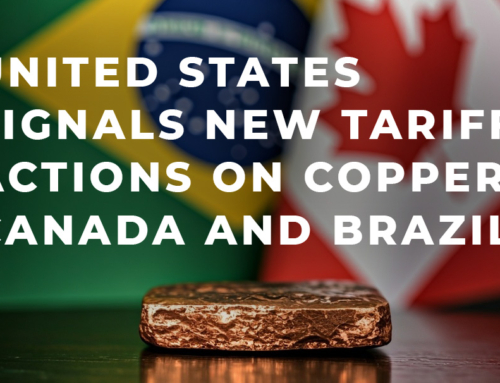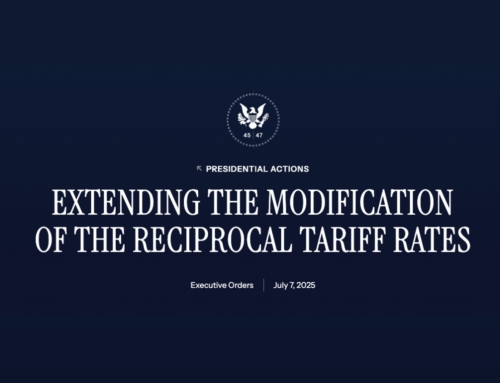On Thursday March 8, 2018, President Trump defied domestic and international critics and signed orders to impose 25% tariffs on steel and 10% on aluminum imported into the U.S. The action was taken in defense of American industry and leverage as the President re-negotiates NAFTA, the North American Free Trade Agreement. With tariffs going into effect in 14 days, commodity-reliant businesses will be feeling the impacts.
BACKGROUND
Steel has long been used in construction and served a strong indicator of overall economic development of a region. From the 1980s to present day, the number of steel workers in the United States has gradually declined as the production of steel moved to foreign countries, where production costs were significantly lower. In the early 2000s, an economic boom in China and India caused a 6% increase in steel demand and since then, Chinese manufactures, like ArcelorMittal, have risen to become the world’s largest producers. Today, China supplies 49% of the world’s steel, and the United States is the largest customer.
In 2017, the United States imported 5.7 million metric tons of steel from Canada, while some states, like Illinois, depended on Brazil for 41% of its steel. Countries like Mexico and Canada have been steady suppliers for the American market due to the free trade agreement, which was excluded from the imposed tariff; however, the current administration is looking to revise this agreement in the future.
THE TARIFF
In a response to the “assault on our country” by foreign steel competitors, President Donald Trump surprised allies across the globe when he announced imposing tariffs on aluminum and steel. Adding to the America First agenda, the President upset Republican lawmakers who warned of “unintended consequences.” The goal of the tariffs includes protecting America’s domestic industry by supporting steel and aluminum manufacturers and promoting them so other countries turn to America, first.
In addition to protecting America’s best interest from excessive “dumping,” that countries like China are infamous for, the tariff protects against transshipping. This practice act of modifying Chinese steel to re-sell from another country, masks the true origin of international production.
INTERNATIONAL RESPONSE
The initial wave international response was quick and negative, as other countries, fearing sale and job losses, voiced apprehension to Trump’s way of gaining soft power in NAFTA negotiations. Countries like the UK have responded by threating to retaliate against U.S. producers like Levi’s and Harley Davidson with trade barriers, alluding to a global trade war – with U.S. agriculture and consumer electronics most likely to be affected. The UK has been the most vocal about their discontent, but China poses the greatest threat, if they choose to act on the U.S. trade deficit.
POSSIBLE SOLUTIONS
Commodity prices will increase to accommodate the additional costs of tariffs, but it’s no doubt consumers will end up holding the bill. In a politically charged environment like this one, it’s uncertain what the final outlook will be. Time will tell how long the tariff will last, but as of now, the best we can do is to wait to see what unfolds.






